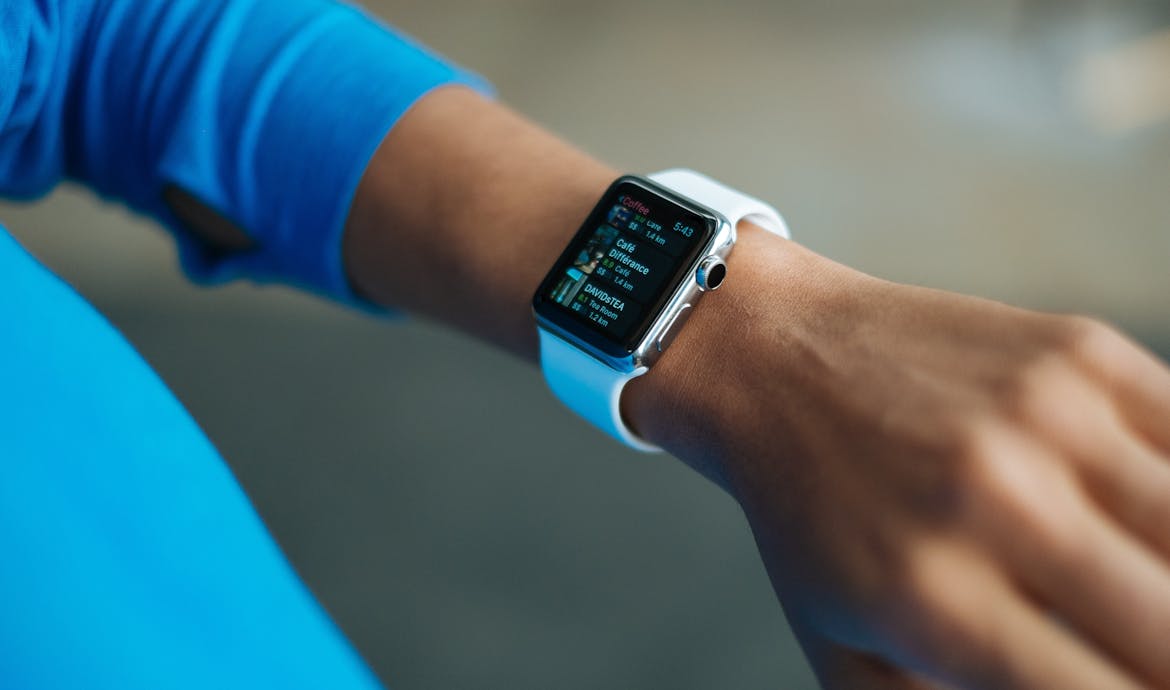Say Goodbye to Facial Pigmentation: Top 5 Effective Treatments

Pigmentation on the face can be caused by various factors such as sun exposure, hormonal changes, and certain medical conditions. Regardless of the cause, it can be frustrating and affect a person’s confidence. Fortunately, there are several ways to treat pigmentation and restore a clear and even skin tone.
Topical Lightening Agents
Hydroquinone, kojic acid, and azelaic acid can help to reduce the appearance of pigmentation on the face. As a result of these agents, melanin, the pigment responsible for skin color, is inhibited. Hydroquinone is one of the most effective topical lightening agents and is commonly used in prescription skin-lightening products. However, long-term use of hydroquinone may lead to skin irritation and other side effects, so it’s important to follow the instructions and recommendations of a dermatologist. Kojic acid is another popular ingredient found in many over-the-counter skin-lightening products. An enzyme involved in melanin production, tyrosinase, is inhibited by this fungus-derived compound. Azelaic acid is an organic compound in grains such as barley and wheat. It is widely used in dermatology to treat skin issues like acne and rosacea.
Chemical Peels
Chemical peels are another effective way to treat pigmentation on the face. These peels remove the outer layer of skin to reveal a clearer and more even complexion. The choice of the peel depends on the extent of pigmentation and the person’s skin type. Glycolic and salicylic acids are the most commonly used peels for pigmentation. Glycolic acid peels help to eliminate dead skin cells and stimulate the production of fresh skin. Salicylic acid peels are best for individuals with oily or acne-prone skin and can help to unclog pores and reduce the appearance of pigmentation. Chemical peels are performed by a licensed professional and may cause some redness, peeling, and flaking for a few days after the treatment.
Also Read: Yoga Benefits for Physical Health
Laser Treatments
Laser treatments are another effective way to treat pigmentation on the face. These treatments work by targeting the pigment in the skin and breaking it down, allowing it to be naturally absorbed and removed from the body. Q-switched and fractional laser therapy are two of the most commonly used laser treatments for pigmentation. Q-switched laser therapy works by emitting a high-energy beam of light that penetrates the skin and targets the pigment, breaking it down and allowing it to be absorbed by the body. Fractional laser therapy works by creating microscopic wounds in the skin that stimulate the production of collagen and new skin growth. Both of these treatments are performed by a licensed professional and may cause some redness, swelling, and peeling for a few days after the treatment.
Microdermabrasion
Microdermabrasion is a non-invasive procedure that involves using a device to remove the outer layer of dead skin cells. This treatment can effectively reduce the appearance of pigmentation and restore a clearer and more even skin tone. A licensed specialist carries out the treatment, which may result in temporary redness and flaking for a few days following the session.
Intense Pulsed Light (IPL)
Therapy Intense pulsed light (IPL) therapy is another non-invasive treatment for pigmentation on the face. This therapy uses high-intensity light to penetrate the skin and target the pigment, breaking it down and allowing it to be absorbed by the body.









Comments are closed.